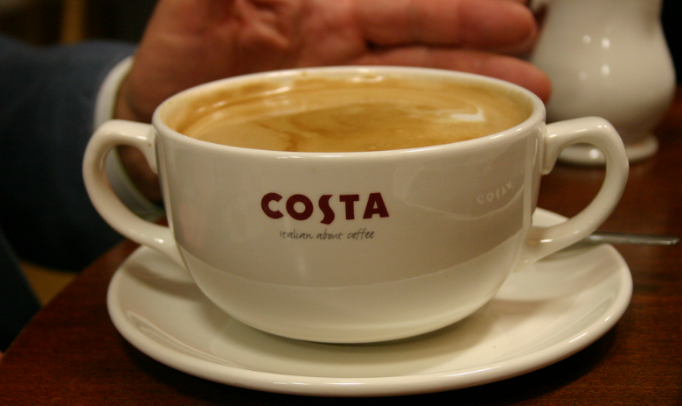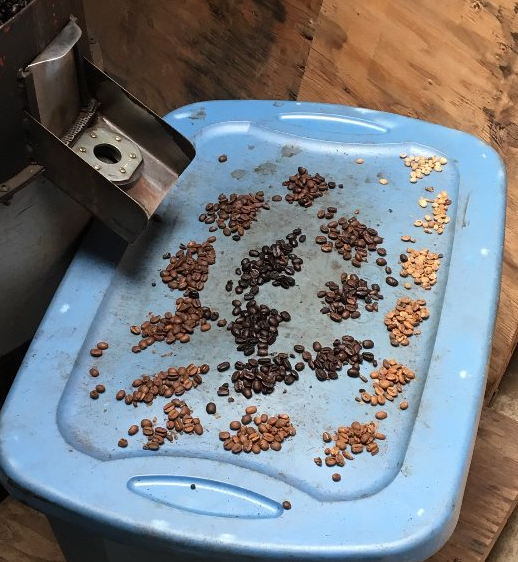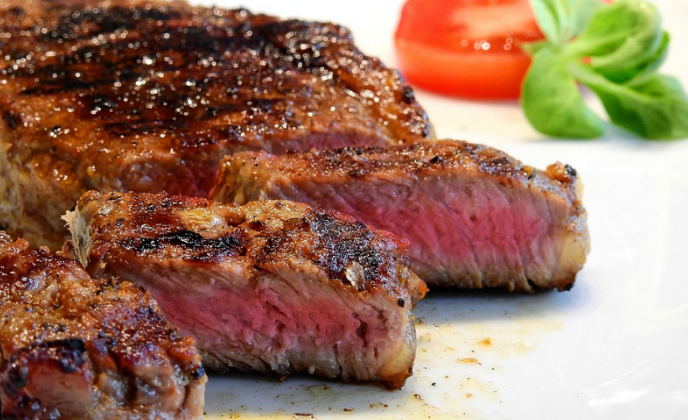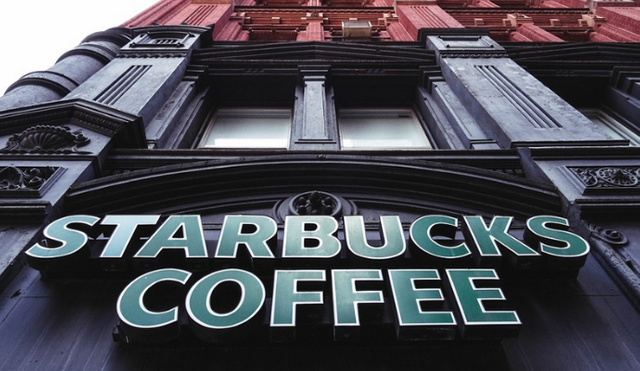Why Coffee From Starbucks Tastes Bitter and Burned
It wasn’t until I was 29 years-old, spending a year living in Costa Rica, that I had my first real cup of coffee. As an inner-city middle school teacher, the first six years of professional life were fueled with an unhealthy Diet Coke habit.
Little did I know that my first cup of coffee at El Toledo coffee farm would ruin me once I returned stateside.

Upon moving back to the Midwest, I noticed a huge difference in how the coffee tasted. Sure, that probably made me an instant coffee-snob. But I couldn’t help but balk at the bitter and/or burned taste that accompanied every cup — at Starbucks or even our local chain.
The chemistry of coffee
As it turns out, there was a very good reason for this. To understand, we first have to know that — broadly speaking — there are three different types of roasts: light, medium, and dark.
Dark roast is far and away the most common in the United States. For many, it’s all we’ve ever tasted. We associate dark roast with a “strong coffee” that has lots of caffeine. In reality, light roast has more caffeine in it — but that’s another topic for a future post.
When we roast our coffee at El Toledo, we demonstrate to tourists how the beans change over the course of just a few minutes of cooking, and what those few minutes means for the taste that ends up in the cup. In the picture below, each group was taken out at one minute intervals, beginning fifteen minutes into the roasting process.

Here’s the important thing to know:
In light roast form, the flavors present are more fruity and acidic. That’s because the coffee cherry that the beans come from are fruity and acidic.
In a medium roast, the coffee tastes more balance and sweet. That’s primarily because the glucose present has heated up and been activated, but it hasn’t been burned away yet.
In a dark roast, bitter is the predominant flavor. That’s because bitter is flavor you get when things get burned.
Its Simply Cheaper for Starbucks (and Others) to Focus on Dark Roast
When you have a light roast, there’s a huge difference in the taste of quality of high- and low-quality beans. High quality beans are those grown with lots of shade, at high altitudes, and in diverse ecosystems that allow the beans to mature slowly. They have much more flavor.
Low-quality beans are usually from low-lying farms that have little shade or diversity. They mature very fast, and don’t have the opportunity to absorb the tastes and flavors of the fruit they come from. Abject sourness is usually the result.
But there’s a catch, high-quality beans have lower yields, due to the time and diversity (read: space for other plants) necessary. Low-quality beans can be produced en mass.
As beans get roasted more and more, the difference in taste between high- and low-quality disappears.
Think of it this way: you and a friend go to a steak house for dinner. You order the filet mignon, while your friend orders the shank. Obviously, if you order both extremely rare (light roast), there’ll be a huge difference in taste.
However, if you both order it extremely well done (dark roast), they start to taste much the same. Burned meat tastes like burned meat — no matter the quality.
The same is true for coffee.
It would be financially stupid for a large chain to buy high-quality coffee beans and use them for dark roast coffee. They could pay less for low-quality ones that will yield — more or less — the exact same taste. That means wider profit margins.
But There’s a Not-So-Evil Reason, too
Truth be told, I’m not a Starbucks-hater. While I don’t like their coffee, I think some of these challenges are just part and parcel of being a global corporation.
On par, the company does very well by encouraging sustainable practices among its suppliers, and goes above and beyond for its employees.
To prove my point, here’s another reason that bitter, burned coffee is so favored at all major chains: it’s the only way to guarantee uniformity.

As my friend Morgan Housel put it:
Staying relevant in this world requires building a strong brand…[It] has to be earned through repetition, convincing people that what they experienced yesterday is what they can expect to experience tomorrow. It’s hard, and it can take a long time. But it’s sensationally powerful.
When you realize how much of a brand is just a tight distribution of outcomes, you see that powerful brands can be built on top of subpar products.
In essence, that’s what’s going on here. If we took a light roast from El Toledo, and compared it to the light roast from a farm just one mile away, the tastes could be enormously different.
Different elevations, farming practices, ecosystems, and even weather patterns can have huge effects on how coffee beans taste. In dark roasts, that’s no big deal — you’re burning everything away. In light roasts, that’s the whole ball game.
No multi-national coffee company will ever make a killing on light roast coffee. I would argue that even the light roast Starbucks and others offer are extremely low-quality.
So the next time you’re in Costa Rica — or any other coffee-producing country for that matter — get a cup of light roast coffee. You might be shocked by just how flavorful it is.
Since I know @cheetah will be all over this, this is a re-posting of an article I wrote completely on my own on Medium a few months back.
My wife and I live in Costa Rica for part of every year. Read more about it here. PLEASE UP VOTE if you like this content.
All photos are public domain.